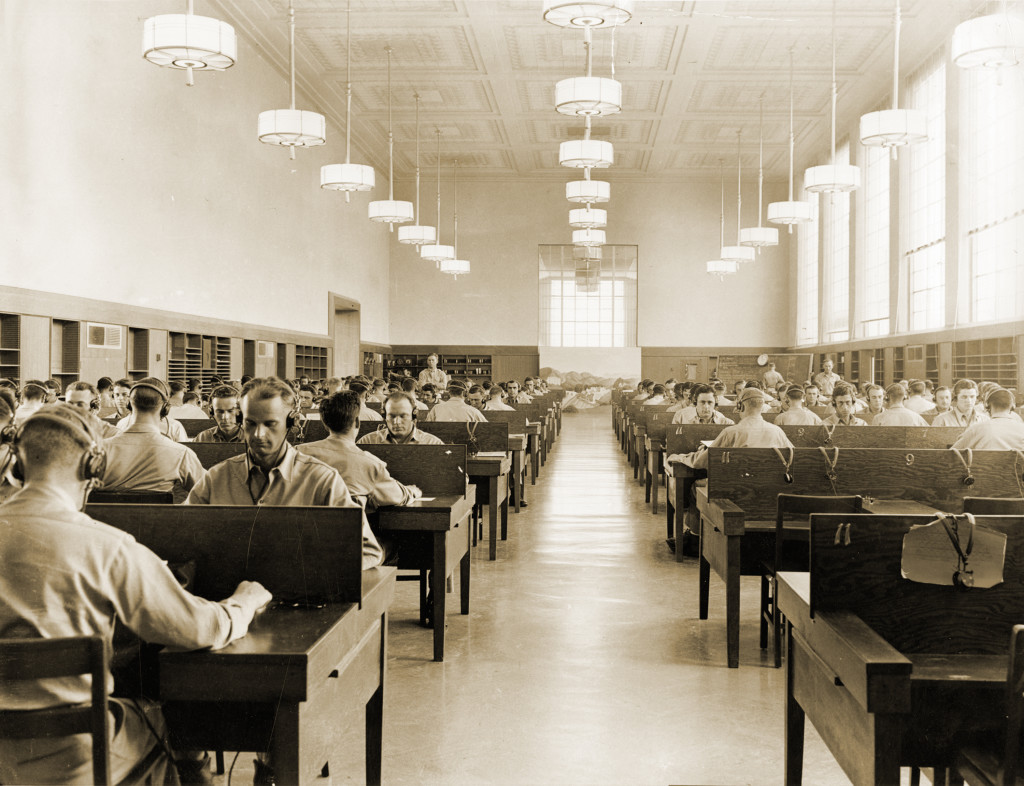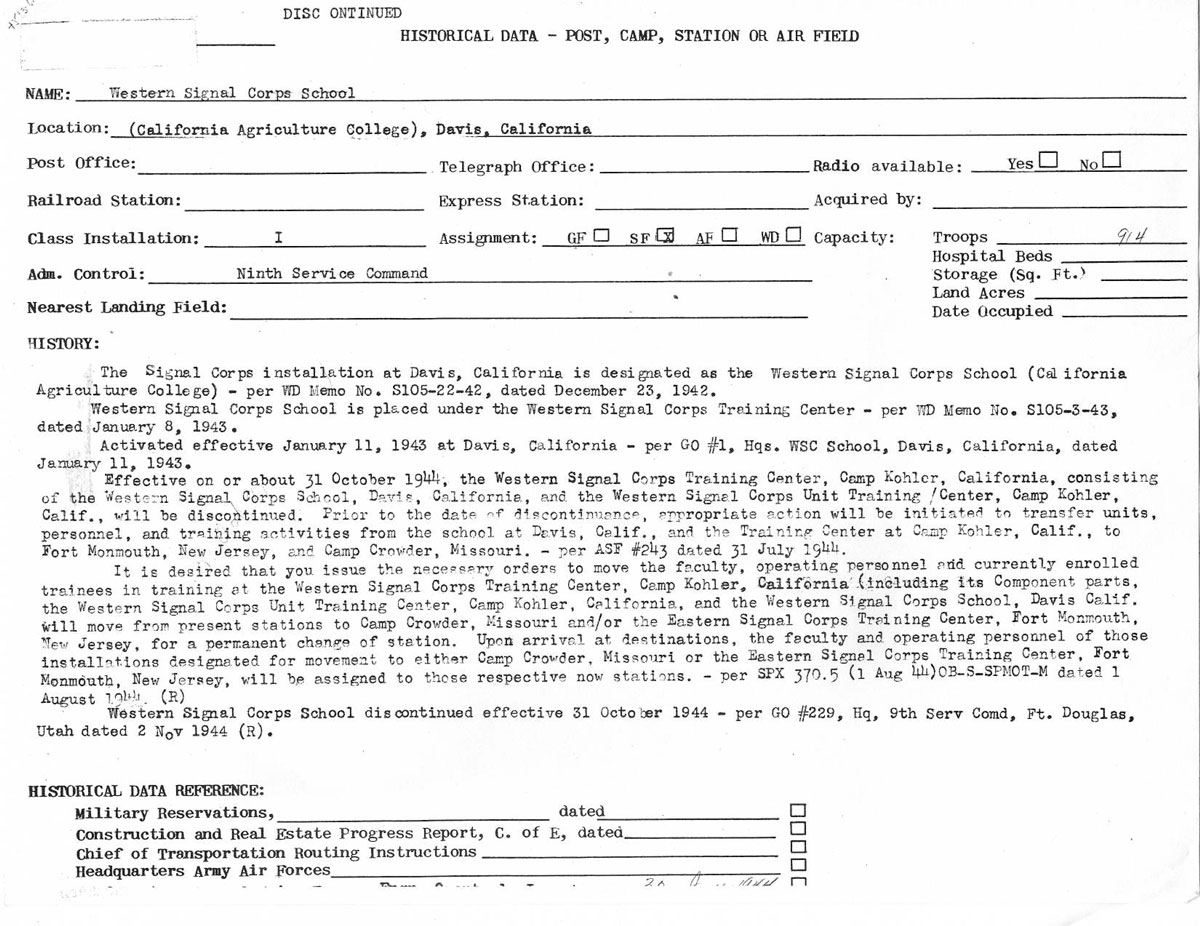
- “The seconds gripe and even buck,
- And think the firsts have all the luck,
- The trolley tracks — the firsts all eye,
- “A golden leaf — is the captain’s cry —
- A gleam of silver makes the heart of any major quicken,
- The next guy on the list has passion only for a chicken,
- Take them in any order, chickens, gold and silver leaves or bar,
- It’s only human nature for each one to want a star —
- It’s only human nature too that we’re the best of friends,
- And our life is no different — all good things must end,
- But let us harbor no regrets — or pain — nor any sorrow,
- Let’s drink a toast to happiness on a peaceful, bright tomorrow.”
- And think the firsts have all the luck,
